Do Greenhouses Stay Warmer Inside Even During Winter?
As a grow-your-own enthusiast, two of the most common questions I come across during the winter months are; Is there anything I can grow in my greenhouse during winter? and, do greenhouses remain warmer during winter vs the outside?
In this blog post, I’ll be talking about the latter, especially after the latest flurry of snow to blanket the UK this past week or two. The answer to this question isn’t a straightforward one, and there are many factors to consider. But in this blog post, I’ll explore the various aspects that affect the temperature inside a greenhouse during the winter season.
First, it’s important to note that the purpose of a greenhouse is to provide a controlled environment for plants to grow. This means that the temperature, humidity, and light levels inside a greenhouse are optimised to create the ideal growing conditions for the plants. During winter, when the outside temperature drops, the temperature inside the greenhouse will also naturally drop, but, can be maintained at a level that is suitable for plant growth.
One of the primary reasons why greenhouses stay warmer than the outside during winter is due to the structure of the greenhouse itself. Greenhouses are built using materials that can absorb and retain heat, such as metal, glass, polycarbonate, and plastic. When sunlight enters the greenhouse, it heats up the air and surfaces inside, which in turn, retain the heat. The heat is then slowly released back into the greenhouse, keeping the temperature inside warmer than the outside.
Another factor that affects the temperature inside a greenhouse is the location and orientation of the greenhouse. If a greenhouse is positioned in a sheltered location, away from cold winds, it will retain more heat. Similarly, if a greenhouse is facing south or southeast, it will receive more sunlight, which will help to maintain a higher temperature inside the greenhouse.
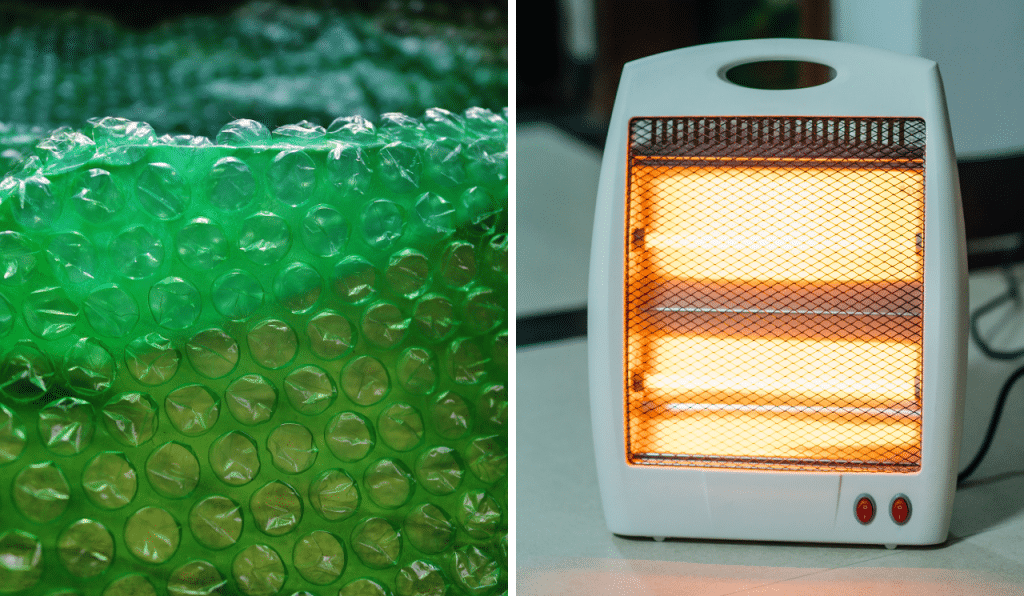
One more aspect that affects the temperature inside a greenhouse during winter is the type of heating used. Many greenhouse owners use heaters to maintain the temperature inside the greenhouse during the winter season. The type of heater used can impact how much warmth is retained inside the greenhouse. Electric heaters are the most common type of heater used in greenhouses, but they can be expensive to run. Alternatively, you can use propane or natural gas heaters, but you must be cautious to ensure that there is proper ventilation.
It’s worth noting that maintaining the temperature inside a greenhouse during the winter season can be challenging, particularly during extremely cold weather. You may need to use additional insulation or heating methods to maintain a suitable temperature for your plants. One way to do this is by using fleecing to cover the plants, pots, and seed trays. Fleecing is a lightweight fabric that provides insulation for plants while still allowing air and moisture to circulate. It can be placed over the plants during the night to prevent the cold air from settling on the leaves and stems, or wrapped around the pot itself. This will help to prevent frost damage and keep your plants healthier throughout the winter.
In conclusion, greenhouses do stay warmer inside, even during winter. However, the level of warmth maintained inside a greenhouse depends on several factors, including the type of material used to build the greenhouse, its location, orientation, insulation, and heating methods. As a gardener, you can take steps to optimise these factors to maintain a suitable temperature inside your greenhouse during the winter season, allowing you to continue growing plants all year round.

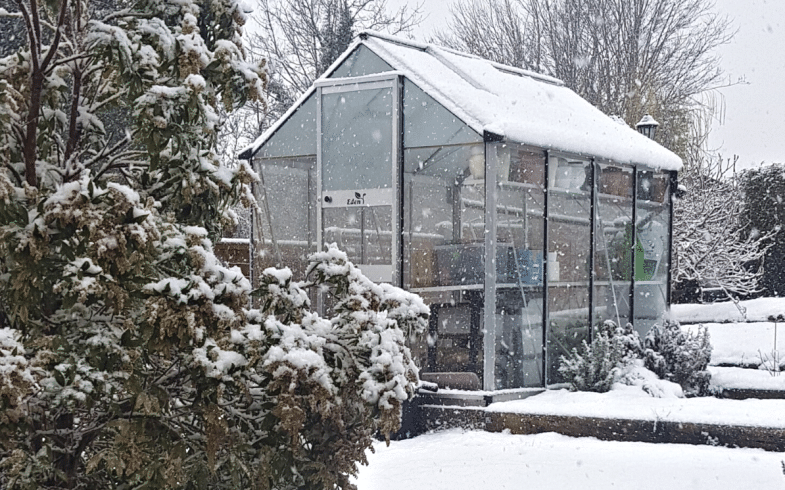
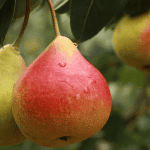
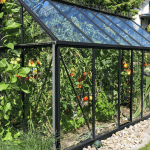
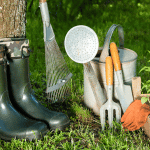










No comments.